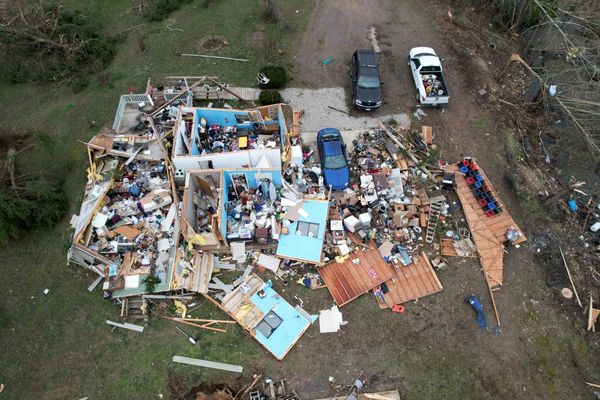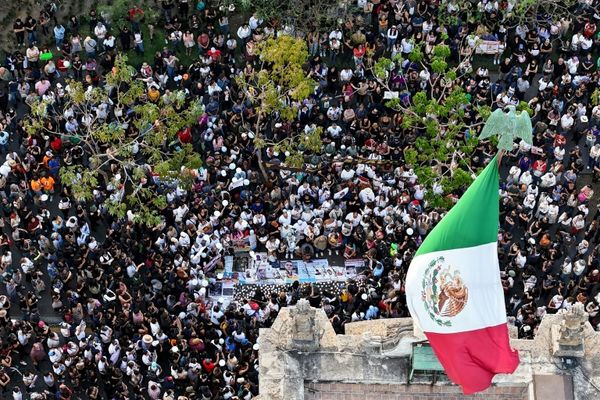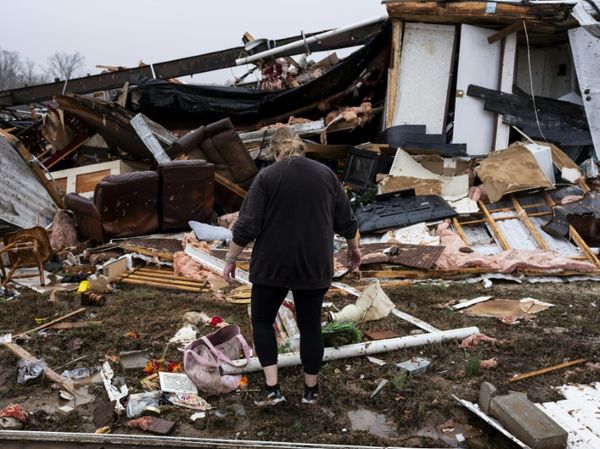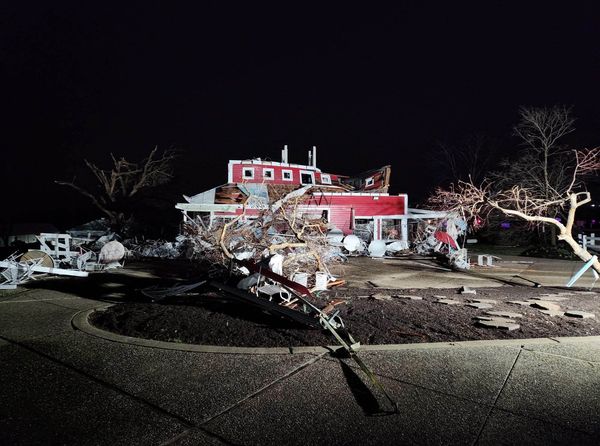The world's fastest parrot is hurtling towards extinction in Australia and scientists suggest there may be just 500 left.
Scientists from the Australian National University have published a new, more precise population assessment for the swift parrot, which can reach remarkable speeds of almost 90km/h.
It's in the same ballpark as a 2020 assessment that warned there might only be 300 - dramatically lower than the previous estimate of a couple of thousand.
Parrot researcher Dejan Stojanovic says robust population assessments are crucial if the parrot is to be saved.
But he fears that won't happen while state-backed logging operations continue to destroy the bird's only breeding grounds in Tasmania.
Foraging grounds on the mainland also face threats from the timber industry, most notably in NSW where a state government-owned corporation continues to log native forests.
"People want to save the swift parrot but this is a political situation. And until we resolve the political situation this bird is stuffed," Dr Stojanovic says.
"We keep giving these warnings but nothing changes. I'd rather them be honest and say we're never going to deal with the issue, rather than pretending."
The latest assessment comes amid anger over a new national recovery plan for the critically endangered species.
It was ordered by the federal government and has been in the pipeline since 2017, when the coalition was in power.
But Swift Parrot Recovery Team experts who wrote the plan say it's been changed without their consent, to downplay the threat posed by native forest logging.
In mid-2023 - long after the recovery team handed its work to bureaucrats - a government representative revealed relevant states would get a new opportunity to review and seek changes to the plan before it was finalised.
But recovery team members were told they wouldn't get to see it again and any changes would be up to federal Environment Minister Tanya Plibersek.
Ornithologist Mark Holdsworth has described it as "secret revision process" that resulted in the hierarchy of listed threats being flipped from habitat loss to a sugar glider that eats swift parrots and their eggs.
Ms Plibersek has previously declined to comment on the revision process.
She also referred questions about the new population estimate to her department, which said the recovery plan was expected to be finalised "soon".







